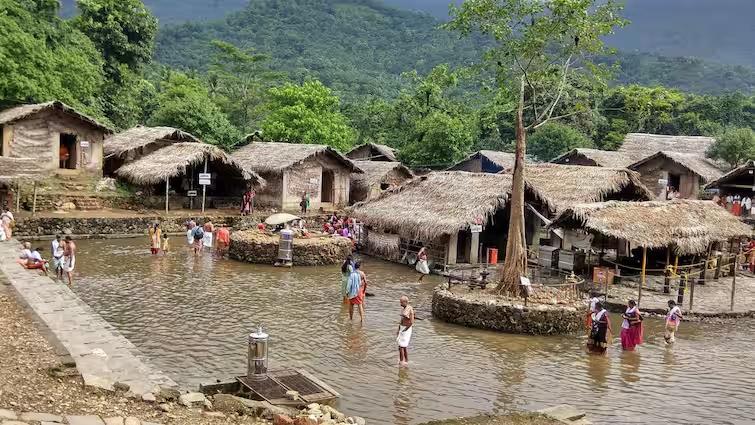
Kannur district, Kerala — Every June, the verdant Bavali River valley transforms into a pilgrimage epicenter as Kottiyur Mahadeva Temple reopens to devotees. Lasting from June 8 to July 4 this year, the 28-day Vysakha Mahotsavam specifically starts on the day of the Chothi star (Nakshatra) in Edavam and ends on the day of the Chithira star in Mithunam. It commemorates the legendary Daksha Yaga—the mythic sacrifice in which Lord Shiva’s wife, Sati Devi, immolated herself after her father Daksha did not honour Lord Shiva.
The most significant day for payasam offering is Rohini day, believed to be sacred to Lord Shiva. It is also prepared on Chithira nakshatra, marking the festival’s conclusion and final rituals.
Twin Shrines & Ancient Rituals
Kottiyur features a pair of temples situated on opposite banks of a river:
Ikkare Kottiyoor, on the western bank, is a permanent temple complex that remains closed throughout the festival period, symbolizing the shifting of divine presence.
Akkare Kottiyoor, the eastern roadside shrine, is entirely temporary, erected on the riverbank only during the festival. The self-manifested (swayambhu) Shiva Linga stands on a raised stone platform called Manithara; opposite lies the Ammarakkal Thara, marking Sati’s self-immolation.
The temple complex symbolizes the convergence of the divine trinity—Shiva, Vishnu, and Brahma—along with Goddess Sati, and its customs are rooted in the simplicity and discipline of ancient Vedic traditions. No permanent structures are permitted during the festival, preserving the authenticity of ancient rituals.
Signature Ceremonies & Community Harmony
The festival opens with Neyyattam, the ghee bath of the deity, and closes with Elaneerattam, a coconut-water abhishekam—symbolizing purity. Other focal rituals include Palamruth Abhishekam, Ponnin Sheeveli, and Rohini Aradhana (June 24).
The sacred ritual of Alingana Pushpanjali at the Kottiyoor Mahadeva Temple is traditionally performed by the Thammangadan Namboothiri family. During this ritual, a devotee portraying Lord Vishnu embraces Lord Shiva in a symbolic gesture, calming Him after the fury of the Daksha Yaga, and signifying divine reconciliation and peace.
A defining moment is the Bhandaram Ezhunnallathu—a midnight procession of sacred chests borne by tuskers and traditional percussion—marking the darshan season’s peak.
Neyyatam: In this ritual, ghee (clarified butter) is offered by the Kurumathoor family, who hold the traditional right and honor to begin the offerings. The ghee is poured into the Swayambhu Shivalinga (self-manifested Shiva linga) at the Akkare Kottiyoor, the temporary shrine situated on the eastern bank of the river.
Odapoo: Blessings in Bloom
Among its unique traditions is the Odapoo, a handcrafted bamboo flower symbolizing Daksha’s beard. Pilgrims receive an Odapoo at darshan and often gift it to loved ones unable to attend. It is displayed throughout the year as a symbol of divine protection and a reminder of a spiritual bond.
A Pilgrimage into Rain Cleared Sanctity
Set amidst the Western Ghats’ evergreen forests and deepening monsoon rains, Kottiyur’s ambiance accentuates the spiritual experience. The Bavali River’s brisk flow enriches every pond, stream, and ritual path (Thiruvanchira), reflecting the sanctity of ancient Vedic devotion.
For Kerala’s spiritual seekers, Kottiyur is more than a temple—it’s an immersive homage to age-old myth and communal religious devotion. With ceremonies grounded in the Vedas and rituals enlivened by tribal and community participation, the Kottiyur Vysakha Mahotsavam continues to weave faith, culture, and nature into an enduring legacy.
Significance of the temple
Devotees who have lost their spouse, are seeking marriage, or are facing marital discord are encouraged to visit the Kottiyoor Mahadeva Temple and offer their prayers. Lord Shiva, who himself endures the sorrow of separation from his consort Sati, is believed to bless such devotees with a peaceful and harmonious married life.
Once their wishes are fulfilled, it is customary for the couple to return to the temple together to offer their gratitude.
0

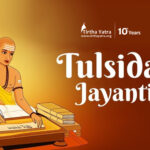
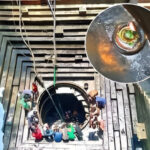
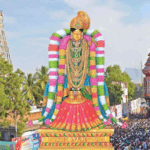


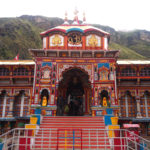
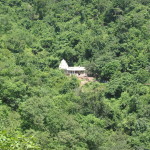
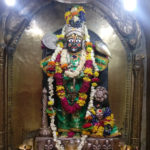


Leave a Reply